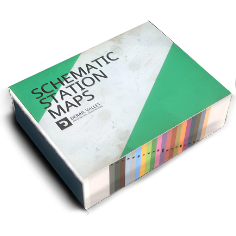Flammable/en: Difference between revisions
Appearance
Updating to match new version of source page |
Updating to match new version of source page |
||
| Line 1: | Line 1: | ||
<languages /> | <languages /> | ||
Flammable materials are those that can easily catch on fire when leaked, such as fossil fuels or methane. Simple sparks, even ones from minor collisions, can be enough to start a fire when coming in contact with flammable materials. Fire can harm living organisms, spread and do massive damage to the environment. | Flammable {{pll|HAZMAT Cargo|materials}} are those that can easily catch on fire when leaked, such as fossil fuels or methane. Simple sparks, even ones from minor {{pll|Body Damage|collisions}}, can be enough to start a fire when coming in contact with flammable materials. Fire can harm living organisms, spread and do massive damage to the {{pll|Environmental Impact Fee|environment}}. | ||
In case of a suspected flammable gas leak, immediately cut all sources of open flame, such as {{pll|Lighter|lighters}}, {{pll|Lantern|lanterns}}, {{pll|Firebox|steam engine fireboxes}}, sparks from {{pll|Traction Overview|traction loss}}, etc. | |||
[[Category:HAZMAT Tier 1|1]] | [[Category:HAZMAT Tier 1|1]] | ||
Revision as of 14:07, 7 March 2025
Flammable materials are those that can easily catch on fire when leaked, such as fossil fuels or methane. Simple sparks, even ones from minor collisions, can be enough to start a fire when coming in contact with flammable materials. Fire can harm living organisms, spread and do massive damage to the environment.
In case of a suspected flammable gas leak, immediately cut all sources of open flame, such as lighters, lanterns, steam engine fireboxes, sparks from traction loss, etc.
